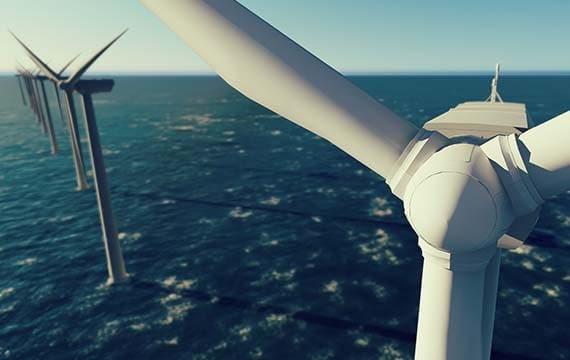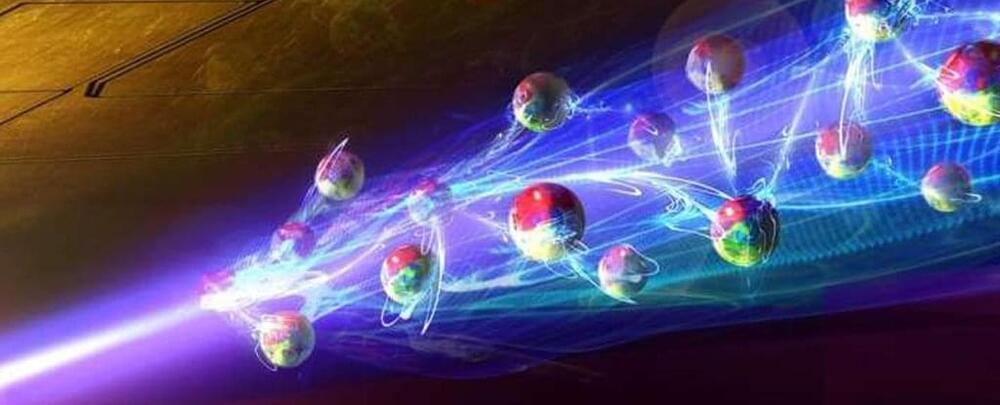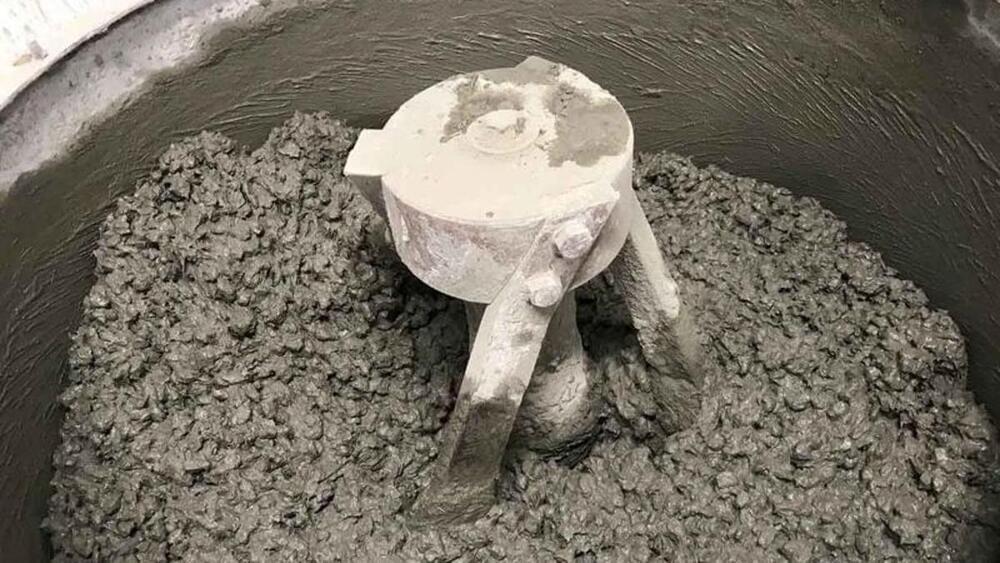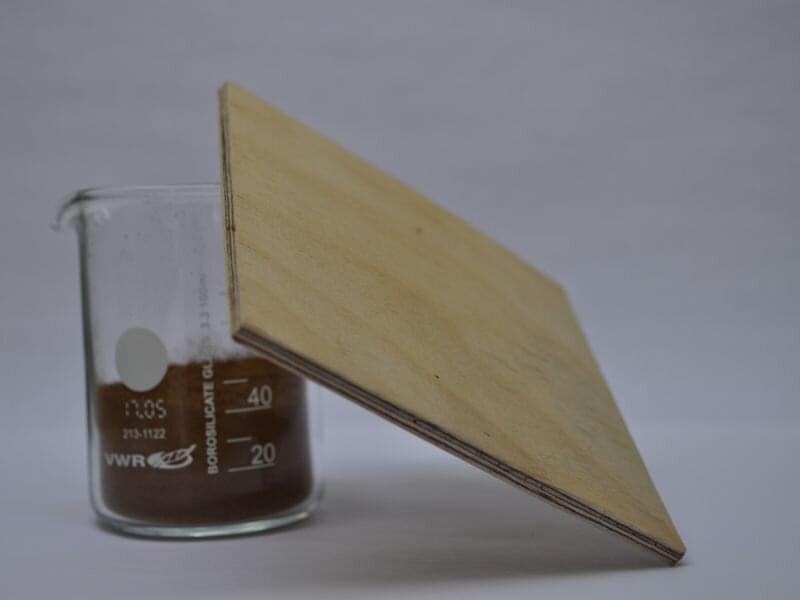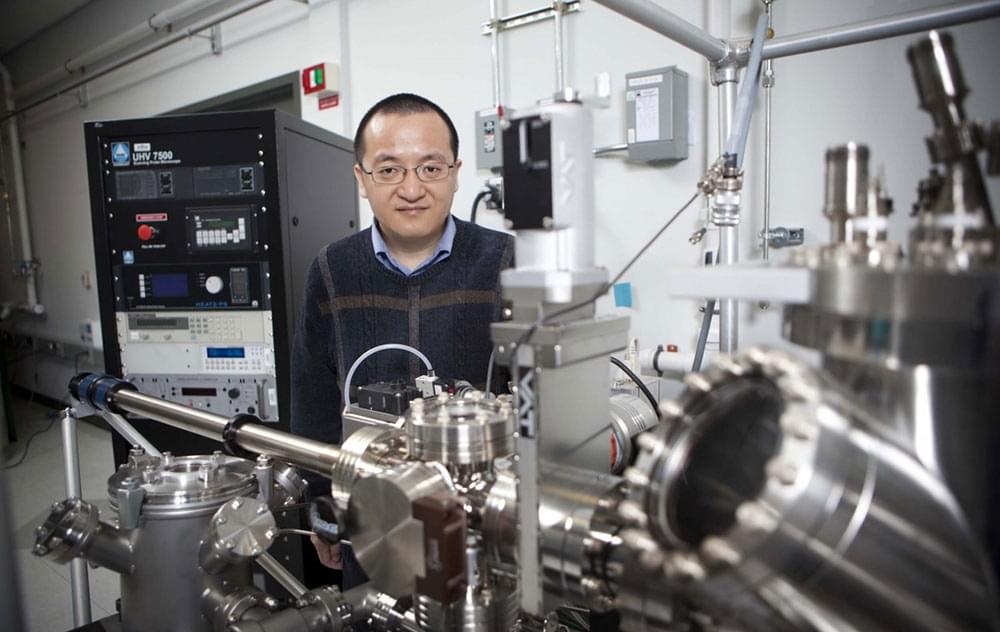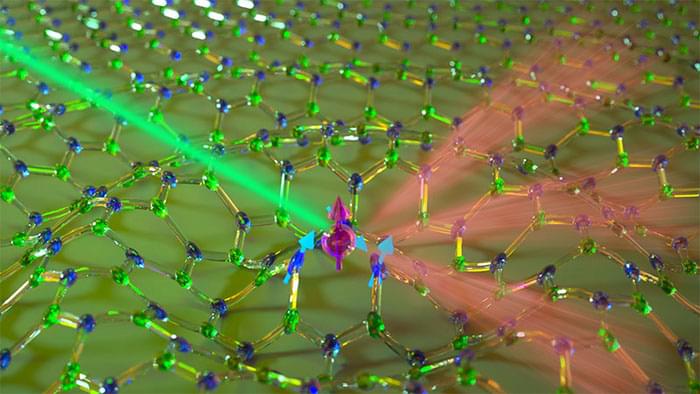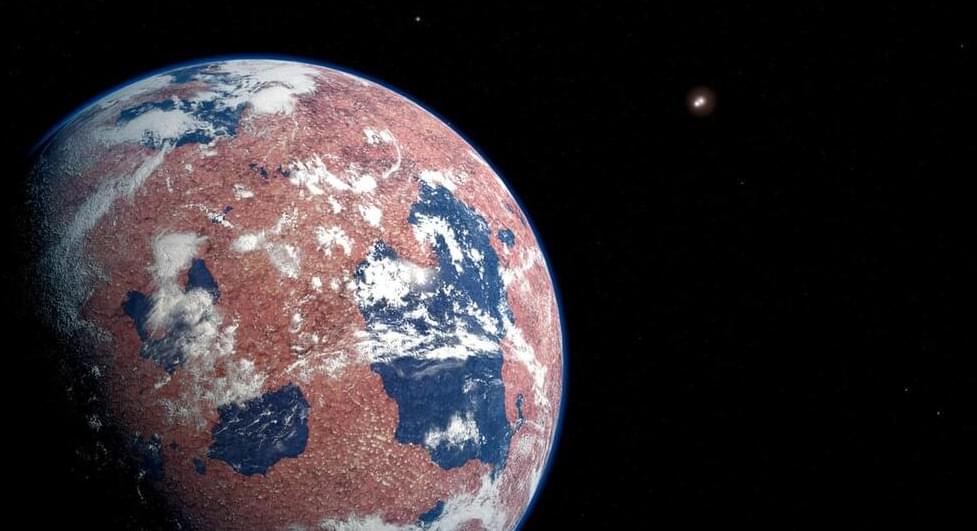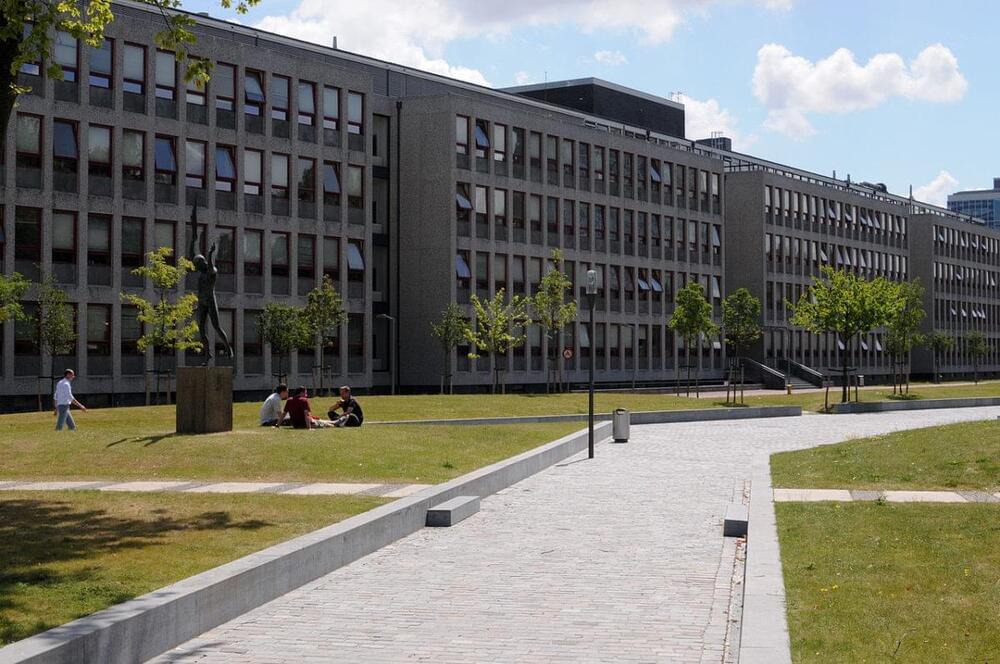Virginia is going from near-zero wind power to 2.6 gigawatts all at once, with the approval of a new offshore wind plan for Dominion Energy.
California is making waves with a big announcement of big plans for offshore wind, but the Golden State already hosts hundreds of wind turbines on shore. The really big news on the wind front is all the way across the country in Virginia, which has practically zero megawatts to its credit, onshore or off. That’s about to change all at once. Utility regulators in Virginia just stamped their seal of approval on a massive, Texas-sized offshore wind farm to the tune of 176 wind turbines totaling almost 2.6 gigawatts.
Wait, How Does An Offshore Wind Turbine Get To 14.7 Megawatts?
The new offshore wind farm comes under the umbrella of the Virginia-based company Dominion Energy, and we have questions.
